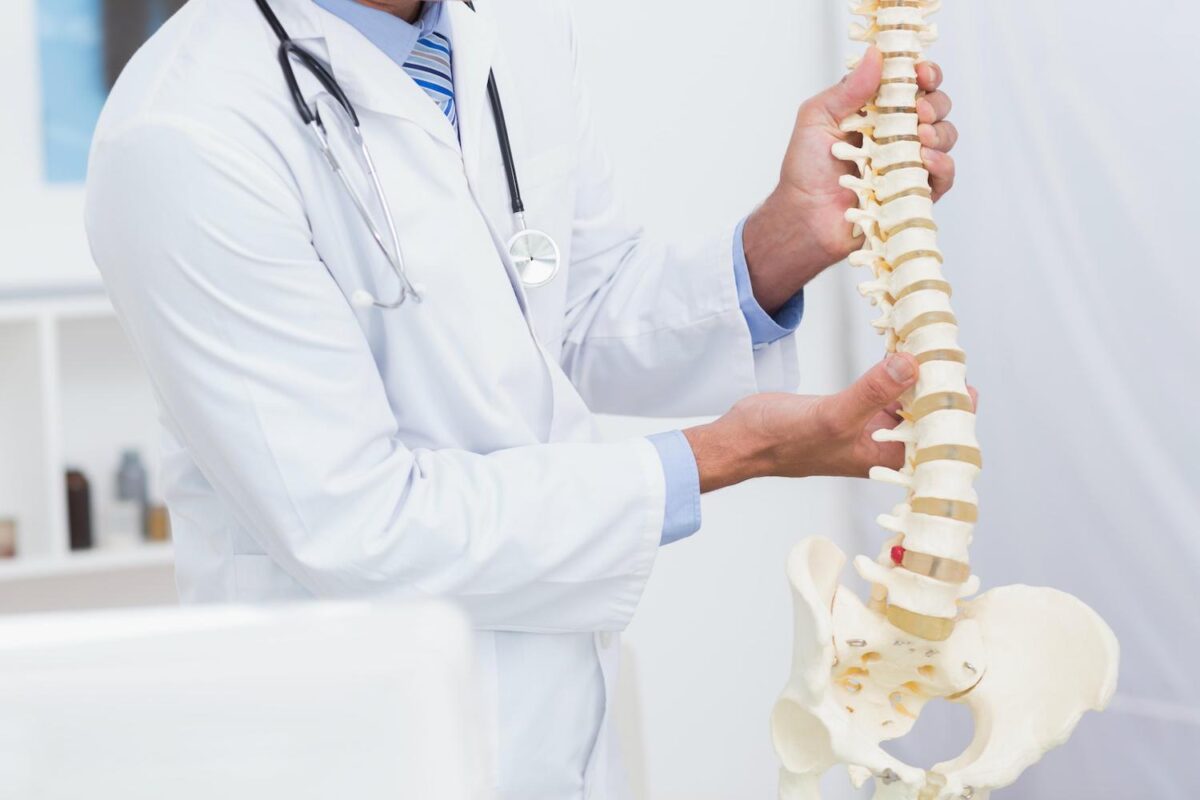Though sometimes overlooked, the body’s sacroiliac joint plays an important role in a person’s comfort and mobility. Should problems develop in this structure, a stricken individual could experience numerous difficulties. Advanced Spine Center, a collection of back and spine specialists who treat sacroiliac joint pain Plano, Texas, invites you to read this brief blog about the structure.
What Is The Sacroiliac Joint?
The sacroiliac joints are connective structures that joins the spine to each hip and enable regions such as the pelvis and legs to withstand the weight of the upper body.
The Causes Of Sacroiliac Joint Damage
Though the joint is long and considered to be firm and quite stable, it can be susceptible to any number of adverse issues.
Injury
One relatively common cause is the chronic weakening and inflammation of the joints precipitated by frequent and long-term exercises such as jogging. In other instances, an acute injury sustained in an event like a car accident might also result in joint damage.
Arthritis
Arthritis, the chronic buildup of inflammation within a joint can be brought forth as the result of injury, age or specific biological illnesses.
Pregnancy
The extra weight expecting women carry might place additional stresses on the back and spine, which could precipitate sacroiliac joint trouble.
Hormonal Disorders
Individuals afflicted with various hormonal disorders might also be subjected to sacroiliac joint problems because some of these biological chemicals might cause an abnormal loosening or stretching of joints that eventually result in injury.
Symptoms Of Sacroiliac Joint Maladies
Sacroiliac joint-related issues could precipitate a wide variety of physical manifestations. The most common symptoms is chronic lower back discomfort. Other signs that might indicate a damaged or inflamed sacroiliac joint include aching in regions such as the groin, buttocks, hips and pelvis, pain that worsens when engaging in physical activity or upon standing, stiffness, weakness and a limping gait.
It is important to note that sacroiliac joint problems mimic numerous other ailments. Therefore, confirming a diagnosis could require the use of numerous physical, chemical and radiological examinations.
Treating Sacroiliac Joint Issues
Treatment will depend upon numerous factors such as the stricken person’s age, overall health and joint damage severity. That said, specific therapeutic protocols might be indicated including:
Therapy
In less severe manifestations, exercising the lower back through physical therapy techniques or light exercises might provide stability for the impacted joints, as well as help said structures regain a certain degree of strength and mobility.
Home Remedies
In certain instances, practicing home therapies such as applying a heat source or exposing the impacted joints to warm water might prove effective in alleviating pain and other associated symptoms. Some physicians might also recommend afflicted individuals don garments known as sacroiliac belts to help secure their posture, provide support and alleviate discomfort.
Medications
In moderate to severe cases, drugs like anti-inflammatory preparations, steroids and muscle relaxants may elicit a certain degree of relief.
Surgery
In the most serious presentations, procedures like joint repair or bone fusion might be indicated.
If you have been experiencing chronic lower back pain and believe it might be caused by sacroiliac joint damage, please contact the Advanced Spine Center. Our team of specialists can address sacroiliac joint pain Plano and might be able to help you find the appropriate form of treatment.
Make an Appointment today!










